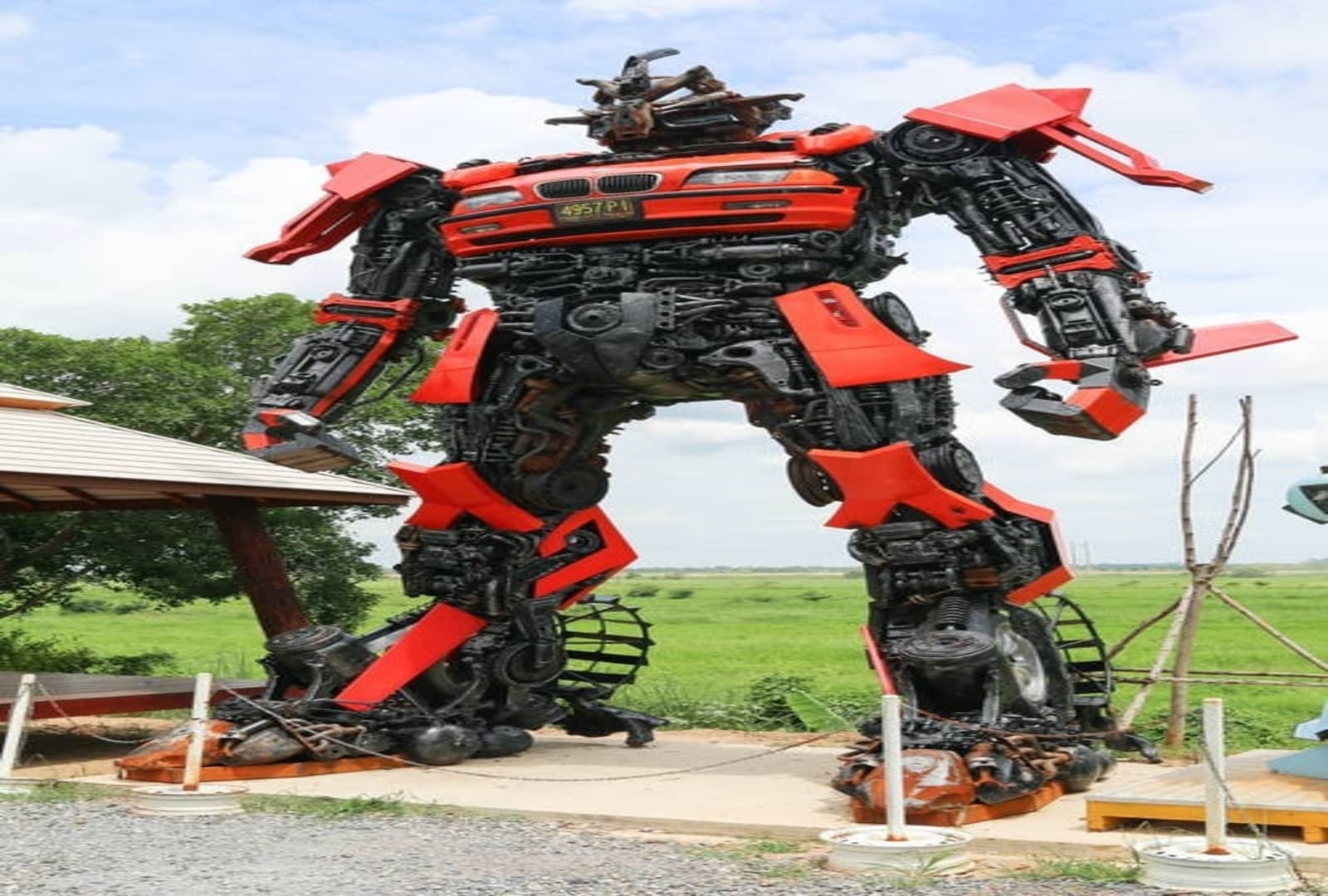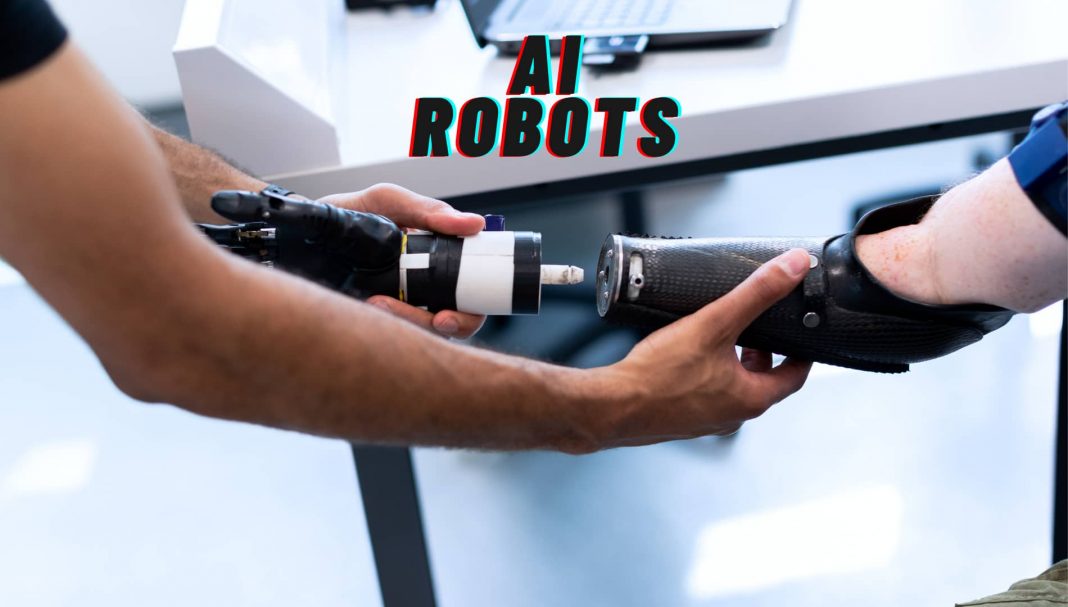Robotics and artificial intelligence-Overview
Robotics and artificial intelligence: AI is one of the most emerging fields in robotics. This is undoubtedly the most controversial everyone agrees that a robot can work in an assembly line, but there is no consensus a robot can ever be most intelligent.
Like the term robot itself, AI is challenging to define. The ultimate AI will be the fun of the human thinking process. A human-made machine with our intellectual abilities. It will merely include the ability to know about anything, reason, the ability to use language, and the ability to formulate original ideas.
Robots are nowhere near achieving this artificial intelligence level, but they have made great strides with more limited AI. Today’s robotics and artificial intelligence machines can mimic some aspects of intellectual ability.
Computers can already solve problems in limited circles. The basic idea of solving an AI problem is straightforward, although it is complicated to implement. First, AI gathers facts about a situation through robots or computer sensors, or human input.
The computer compares this information with the data stored and decides what the word means. Of course, computers can only solve problems that are programmed to solve – it does not have general analytical capabilities. Chess computers are an example of such a machine.
Read more about Examples of artificial intelligence.
Some modern robots also can learn in a limited way. Learning robots are identified if a particular action (moving their legs in a certain way, for example) achieves the desired result (while navigating an obstacle). Robotics and artificial intelligence making life possible easy.
The robot stores this information and tries to take successful action. They cannot absorb any data like humans. Some robots can learn from human actions. In Japan, robotic experts taught the robot to dance by performing one of its movements.
Robotics communicate socially:
A robot from MIT’s Artificial Intelligence Lab recognizes and responds appropriately to the human body’s language and sound’s usefulness. Custom creators are interested in how humans and children communicate, based solely on speech and visual cues.
This lower level interaction can be the basis of a human-like learning system. Customs and other human road AI labs at MIT operate using unconventional control structures. Instead
of every action using a central computer, robots control lower-level actions. We do most of the work ourselves.
We do not decide to do them at a higher level of consciousness. The real challenge for AI is to understand how AI works. Developing AI is not the same as creating an artificial heart – scientists do not have a comfortable, solid model to work.
All know that the brain is made up of billions of neurons and that we think and learn by making electrical connections between neurons. But we don’t see how all these connections add to higher reasoning or lower-level tasks. This all is possible because of robotics and artificial intelligence.
The complex circuitry is incomprehensible. For this reason, AI research is mostly theoretical. Scientists speculate on how and why we learn and think, and they use their ideas through robotics. This is because of robotics and artificial intelligence.
Brooks and his team mainly focus on humanoid robots because they feel that to develop human-like intelligence, one must experience the world as a developing human. This makes it easier for people to interact with the robot, making it possible for them to learn as much as possible.
Just as physical robotic design is a simple tool for understanding animal and human anatomy, AI research helps know how natural intelligence works. For example, for some robots, this insight is the ultimate goal of designing automated robots.
Others imagine a whole world where we live side by side with intelligent machines and use a handful of robots for manual labor, healthcare, and communication. Numerous robotics experts have predicted that robotic evolution will eventually make us cyborgs.
Indeed! In the future, people can put their brains into an automated robot and live for
thousands of years! However, in the future, robots will play a significant role in our daily lives. Robotics and artificial intelligence play a vital role in daily life.
Read more about What is artificial intelligence.
In the coming years, robots will gradually move out of the industrial and scientific worlds into everyday life, just as computers spread to the home in the 1980s. The best way to understand a robot is to look at specific designs. Robotics and artificial intelligence make social advancement possible.
The links below will show you several robot projects around the world. Robin the Robot Helps Sick Children Feel Lonely Poor parents are trapped with small children during epidemics or can’t survive in a room in an apartment, but what about lonely people who have no one to talk to?
As familiar as loneliness and feelings of loneliness are during epidemics, such experiences can be intensely lonely in an extended hospital or inactive due to poor health, disability, or age. This all possible because of robotics and artificial intelligence.
But maybe robotics and artificial intelligence can help? A friendly robot named Robin recently received a test run at the pediatric ward of the Vogor Clinic in Yerevan, Armenia.
About the height of an 8-year-old, Robin’s conical plastic body and rectangular head may not make you think of a human being at all, but his communication skills and facial expressions.
Big eyes and expressive browse:
Hospitals can be very stressful for anyone. But the often invasive procedures and treatments that can seem long and exhausting for an adult trapped in a hospital bed can seem unbearable and timeless for a child who has lost his or her friends or sometimes even Can’t play with family.
This is where Robin comes from. It can recognize facial expressions and use context to create personal, natural interactions and conversations with an individual child in the same way that other children can. Robotics and artificial intelligence is making it possible for the health care industry.
Robin also plays games, tells stories, and engages children in various other activities that deal with stress and distress. According to expert Technologies, while piloting Robin’s maker, Wigmore Clinic, Robin improved the hospital experience for children who did not have access to Robin by 26%. Stress levels during their hospitalization by 34%.





















































[…] Also readout Robotics and artificial intelligence: […]